Buddha in bumisparsha mudra position
Laos 18th Century
The Buddha is represented seated on a high stepped base in sattvaparyanka position. The right leg resting on the left leg, right hand placed on the knee in bumisparsha mudra position (taking the Earth as witness) fingers pointed towards the ground and the left hand placed in its lap, palm turned towards the sky. The body has broad shoulders and a chest swollen with the breath of meditation. The awakened person is dressed in sangathi and uttarasangha placed directly on the body, leaving the right shoulder uncovered, a section of the fabric placed on the left shoulder extending towards the navel. The face with great interiority is classic of Lao statuary: the eyes with half-closed eyelids surmounted by perfectly rounded eyebrow arches, a long aquiline nose in the shape of an eagle's beak overlooking a mouth with thin lips sketching a wide smile, the neck presenting the folds of beauty. The skull is covered with a multitude of small spikes and surmounted at the top by the usnisa (cranial protuberance) from which springs a high rasmi in the shape of a lotus bud. The pointed ears with long distended lobes curved outwards, the pinna of the ear shaped like a snail shell.
The representation of our Buddha is part of the classic images of the canons of Buddhist statuary and refers to a particular episode in the life of the Awakened One. The latter being close to reaching Enlightenment under the Bodhi tree, Mâra, the god of constantly unfulfilled desires, seeks to distract the Blessed One and claims to claim for himself the throne of Awakening. Faced with Mâra's repeated assaults, the Buddha remains impassive and through this symbolic gesture, calls the Earth to witness his desire to achieve complete Enlightenment.
Formerly lacquered and gilded bronze
23.4 x 11.4 cm Usual wear
French private collection
Follow us on facebook: https://www.facebook.com/profile.php?id=61556625114407
Contact us: culturesetcivilisations@orange.fr



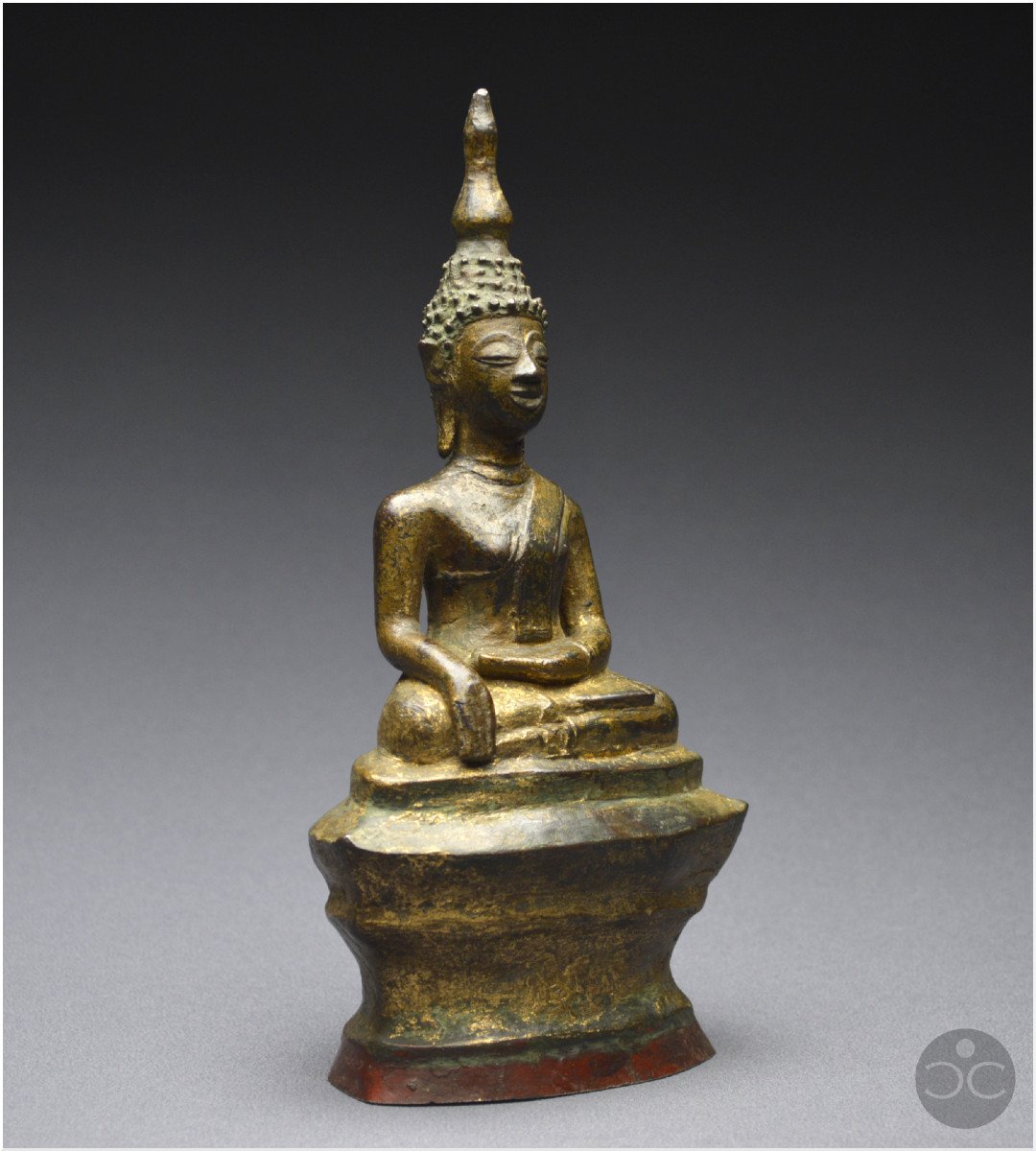


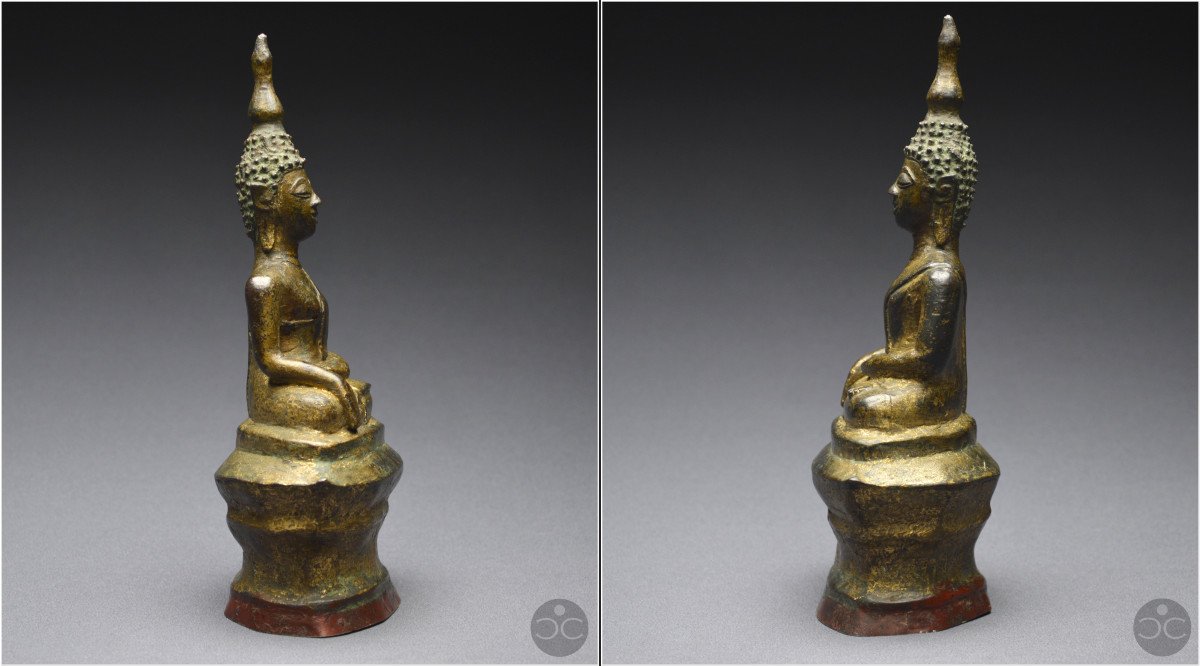





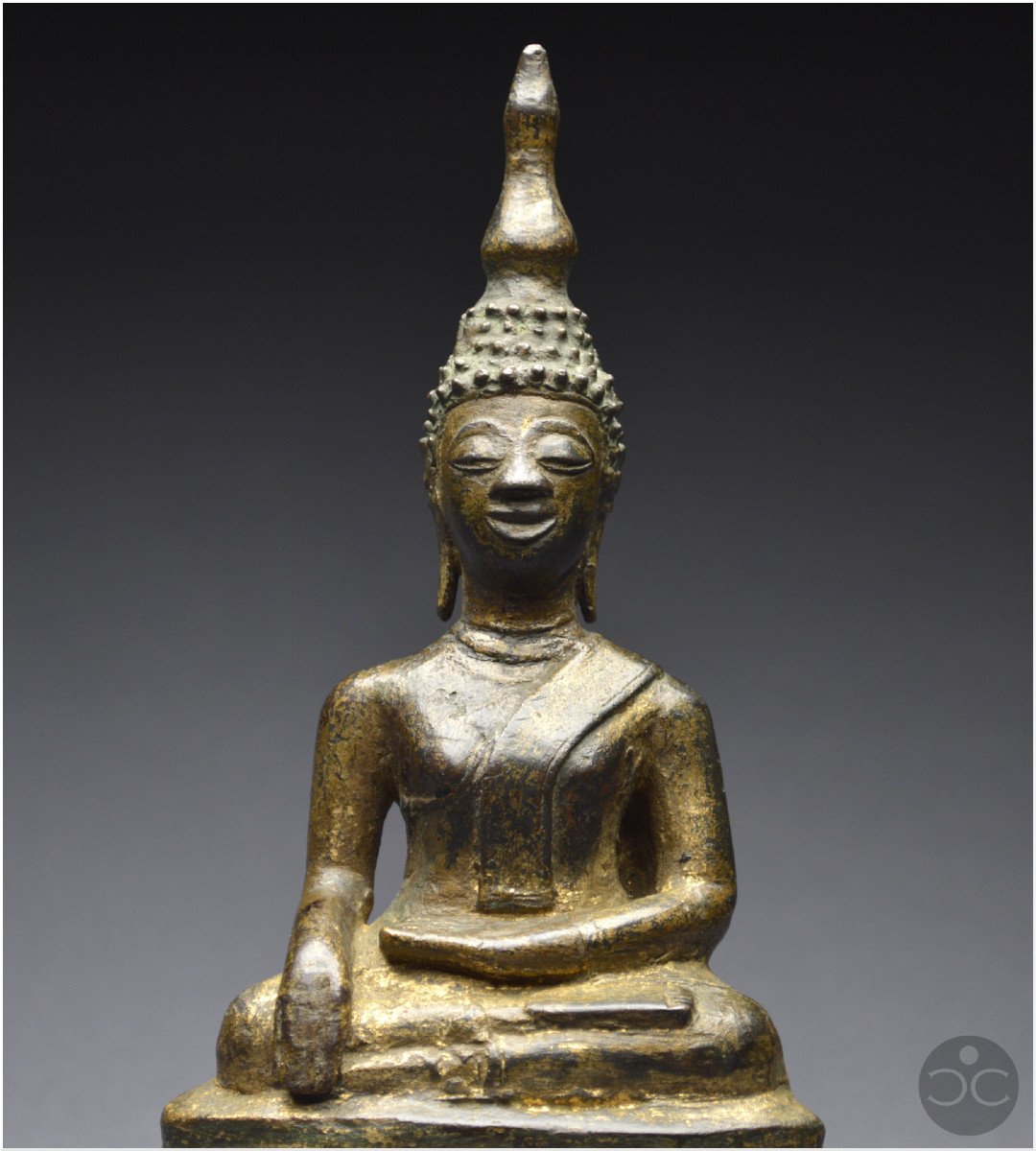


















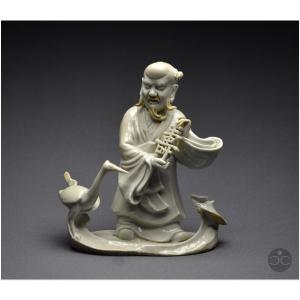

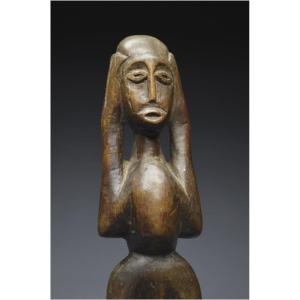




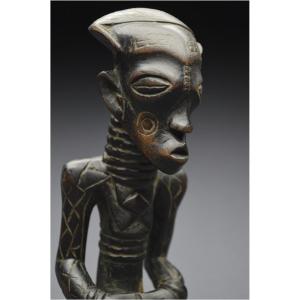


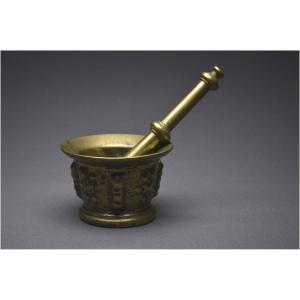


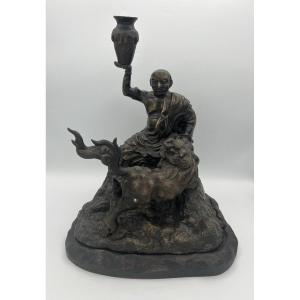





 Le Magazine de PROANTIC
Le Magazine de PROANTIC TRÉSORS Magazine
TRÉSORS Magazine Rivista Artiquariato
Rivista Artiquariato